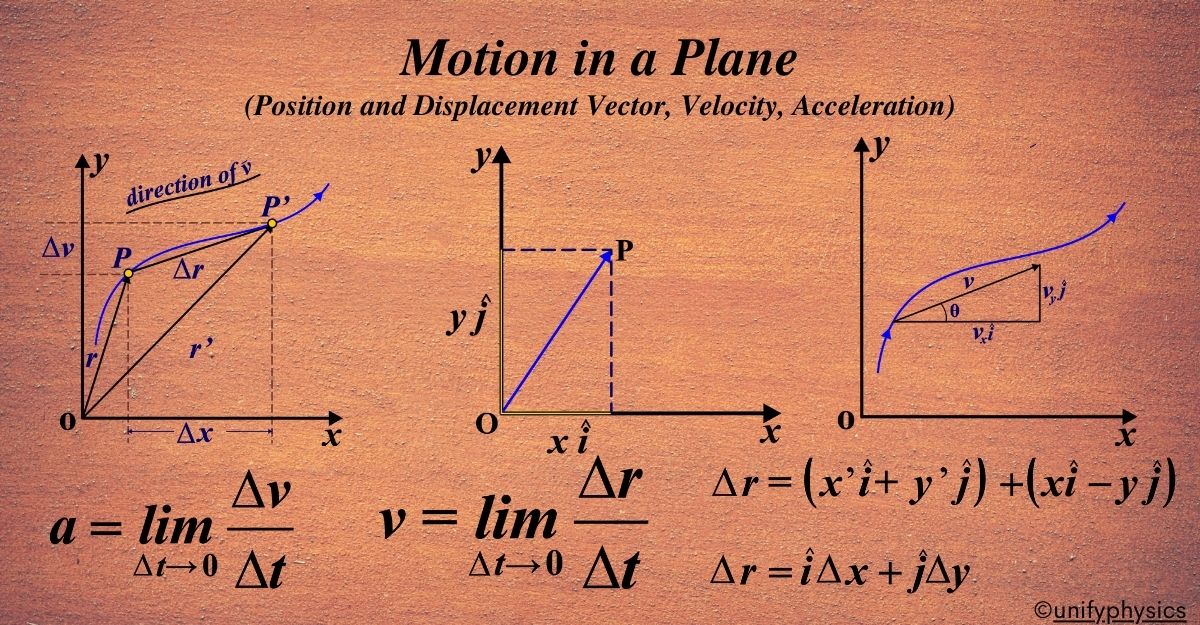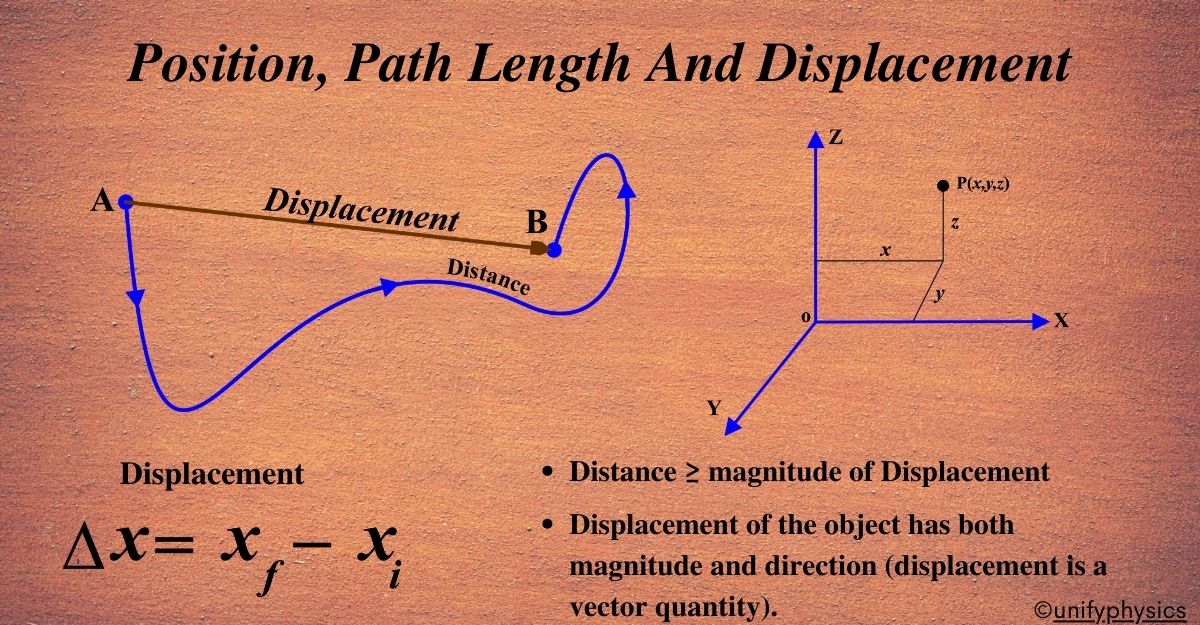Motion in a Plane
The concept of motion in a plane, or two-dimensional motion, has been a subject of fascination and study for centuries. It encompasses the movement of objects in a plane, considering both the x-axis and y-axis, unlike one-dimensional motion which only considers a single line of action. In ancient times, Aristotle’s view dominated, suggesting that objects … Read more









